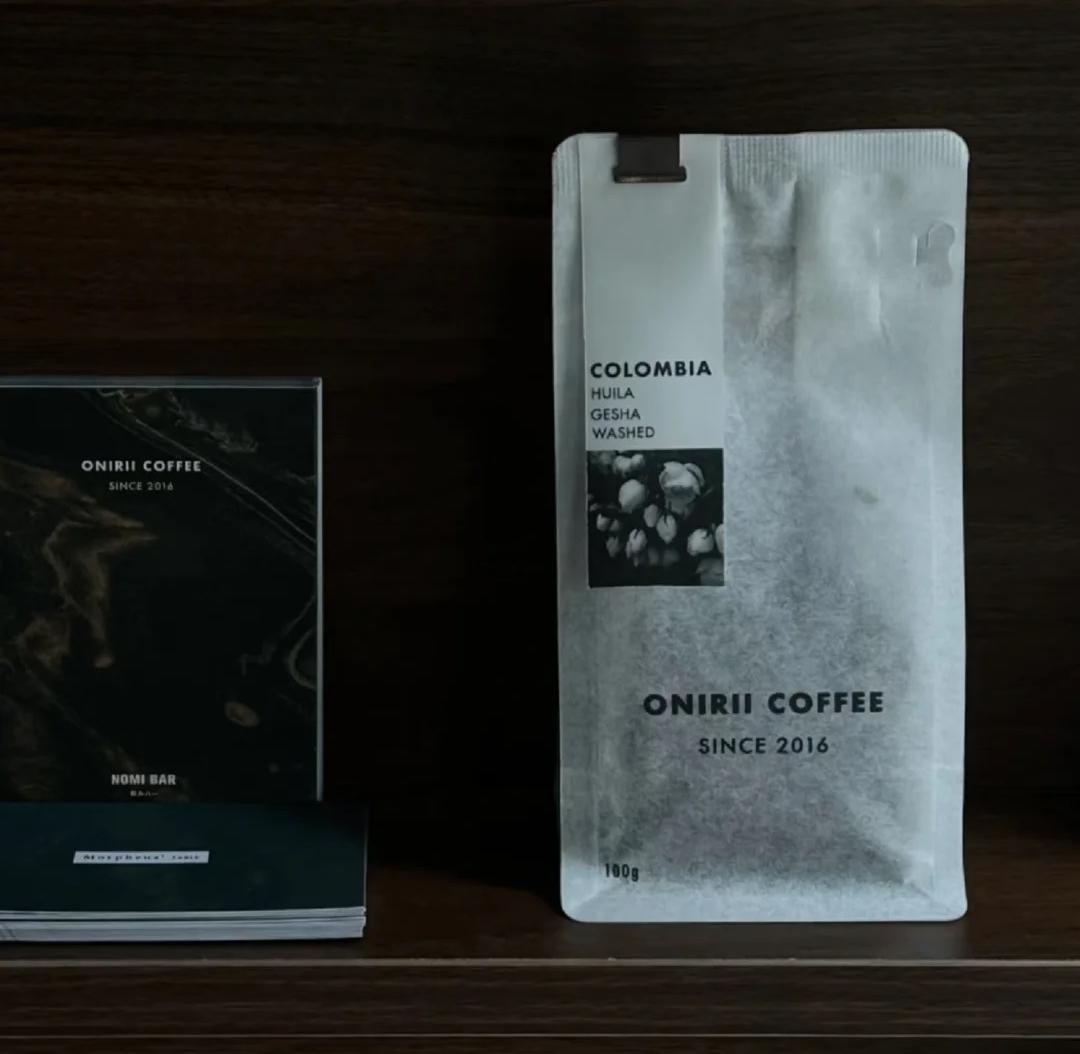Every bag that holds your favorite coffee beans is the result of a carefully orchestrated process—one that balances freshness, durability, and sustainability. At Tonchant, our Shanghai-based facility turns raw materials into high-barrier coffee bean bags that protect aroma and flavor from roast to cup. Here’s a behind‑the‑scenes look at how they’re made.
Raw Material Selection
It all starts with the right substrates. We source food‑grade laminated films and compostable kraft papers approved under ISO 22000 and OK Compost standards. Options include:
Recyclable mono‑polyethylene films for easy recycling
PLA‑lined kraft paper for fully compostable bags
Aluminum‑foil laminates for maximum oxygen and moisture barrier
Each roll of material undergoes incoming inspections to verify thickness, tensile strength, and barrier properties before it ever reaches the production line.
Precision Printing and Lamination
Next, we apply your custom artwork and brand messaging. Our digital and flexographic presses handle runs from 500 to hundreds of thousands of units, printing crisp logos and vibrant colors. After printing, the films are laminated under heat and pressure: a polymer layer bonds to the paper or film substrate, creating a multi‑layer barrier that locks in freshness.
Valve Integration and Die Cutting
Freshly roasted beans emit carbon dioxide, so every Tonchant bag can be equipped with a one‑way degassing valve. Automated machines punch a precise hole, insert the valve, and secure it with a heat‑seal patch—allowing gas to escape without letting air back in. The laminated rolls then move to die‑cutters, which stamp out bag shapes (gusseted, flat‑bottom, or pillow‑style) with micron‑level accuracy.
Sealing, Gusseting, and Zippers
Once cut, panels are folded into bag form, and high‑frequency welders fuse the sides under exact temperature and pressure controls—no adhesives needed. For stand‑up pouches, the bottom gusset is formed and sealed. Resealable zippers or tin‑tie closures are added next, giving consumers a convenient way to keep beans fresh between uses.
Quality Control and Packaging
Throughout production, our in‑house lab tests random samples for seal integrity, air permeability, and valve performance. We also simulate shipping conditions—exposing bags to heat, cold, and vibration—to ensure they withstand global transit. Finally, finished bags are counted, banded, and boxed in recyclable cartons, ready for shipment to roasters and retailers worldwide.
Why This Matters
By controlling every step—from raw pulp and film sourcing to final seal—Tonchant delivers coffee bean bags that preserve aroma, support sustainability goals, and showcase your brand. Whether you need small‑batch runs or high‑volume orders, our precision engineering and eco-conscious materials mean your coffee arrives as fresh as the day it was roasted.
Ready to package your beans with Tonchant’s proven expertise? Contact us today to design a custom coffee bean bag solution that keeps your roast at its best.
Post time: Jun-29-2025







